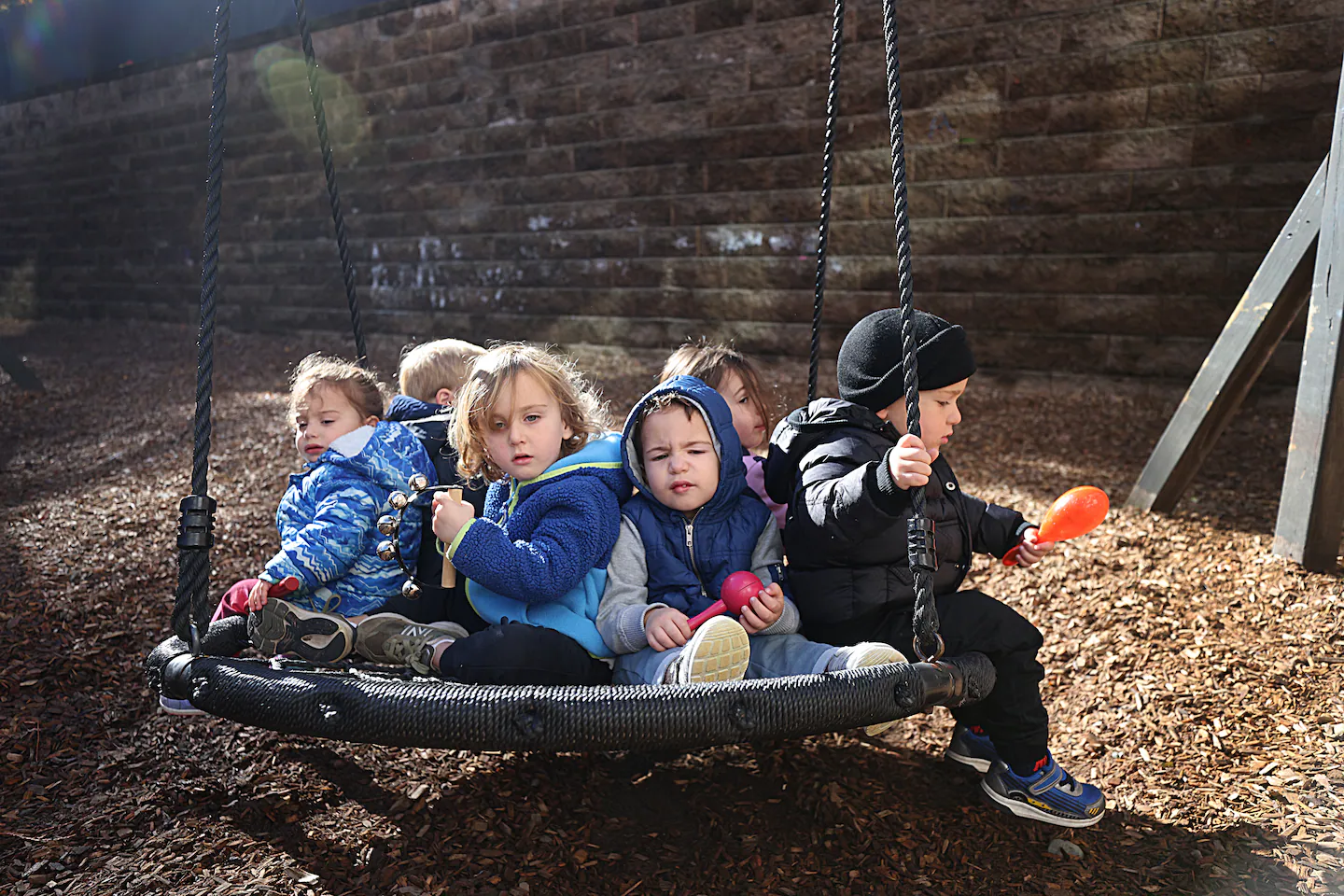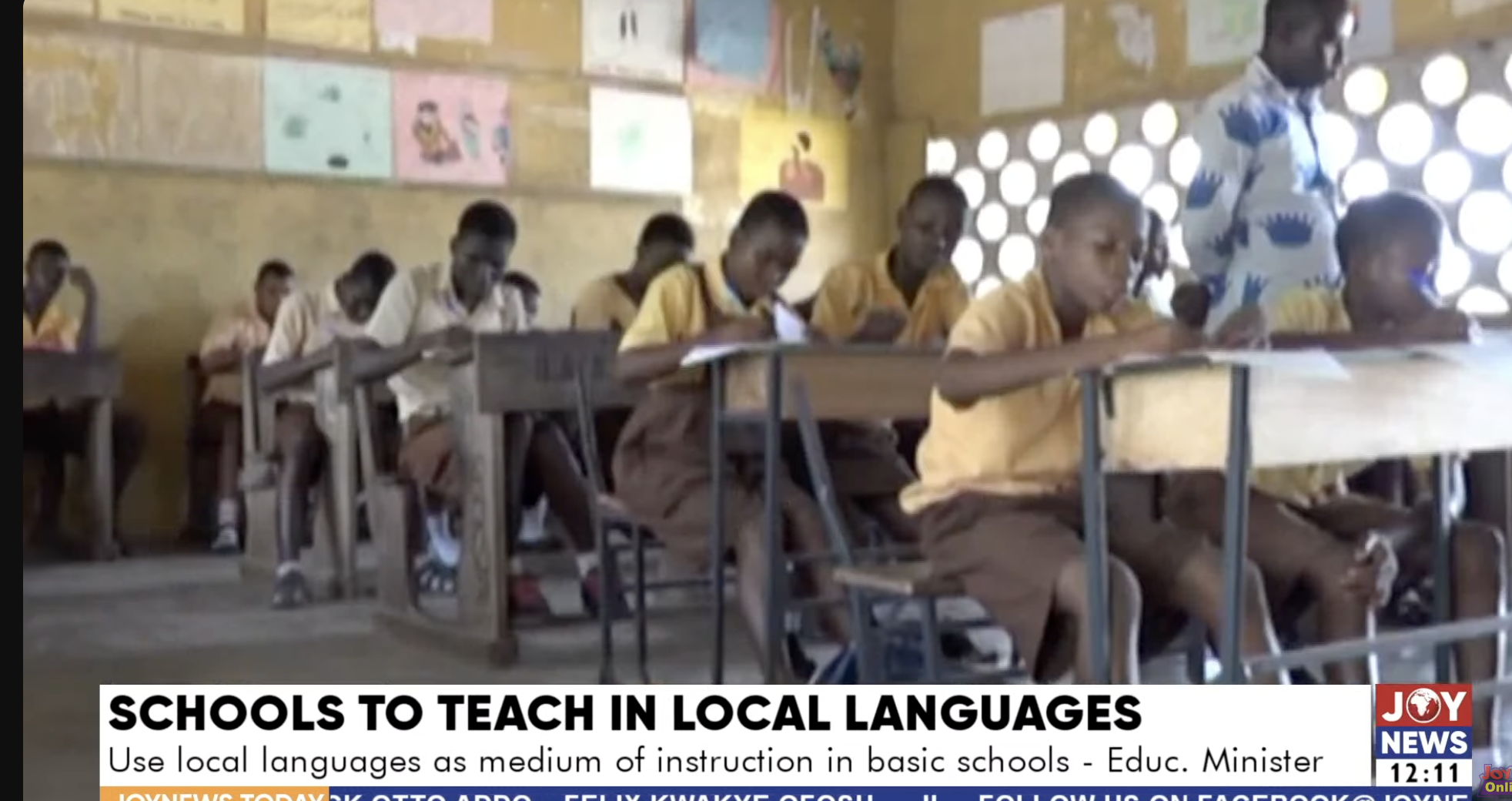Copyright The Boston Globe

“Do I pay my rent and let the light cut off, or do I not pay rent and then pay electricity? You have to choose something,” she said. “Who wants to live like that?” Massachusetts has long been one of the most expensive places in the nation to start a family. And now it’s only become harder for Laurant and many other parents across the state as tariffs and other factors raise prices on the goods and services that are part of raising children. The average price of strollers, for example, jumped 18 percent in July alone, to $617 from $523, according to a recent survey by Babycenter, a parenting media company. Infant car seat prices rose 12 percent to $309 from $275. Even before tariffs took effect, diaper prices had climbed nearly 50 percent since the pandemic to more than $1,000 per year. Baby food and formula prices increased at an average inflation rate of about 3 percent per year since 1997, or a 125 percent increase in 2025, and can reach over $3,500 annually. “Families who were already struggling financially are struggling more,” said Sarah Muncey, co-president of Neighborhood Villages, a child-care and early childhood education advocacy nonprofit. “Families who are just getting by comfortably and proudly aren’t able to anymore.” A study last year by the financial consulting firm SmartAsset ranked Massachusetts as the most expensive place to have kids, estimating that it costs an average of about $36,000 a year to raise a child to 18 years old — 50 percent more than the $24,000 national average. The onerous cost of raising a family in Massachusetts is another challenge for a state that has struggled to hold onto younger workers, many who flee Massachusetts in search of lower costs of living. Young workers raising families not only contribute to the labor force, but also help propel the consumer-driven economy by buying homes, cars, furniture, and other goods and services. “[Families] are going to go to other places where it’s not so expensive to live,” said Wendy Robeson, senior research scientist at Wellesley Center for Women at Wellesley College, “and that’s bad for everybody.” In many ways, Massachusetts remains a good place for children. A recent study ranked Massachusetts as the best state to start a family, citing good schools, a world-class health care system, low crime, and the lowest rate of uninsured children in the nation. But the study also ranked Massachusetts among the worst for affordability. And while the rising prices of daily necessities burden families, they are dwarfed by what many parents described as a “brutal big ticket item” — the costs of child care in Massachusetts, among the most expensive in the country. The median annual cost of day care in Massachusetts was nearly $22,000 last year, double the national median of about $11,000, according to SmartAsset. Locally, child care and other educational tuitions and fees climbed nearly 6 percent over the past year (surpassing the region’s overall inflation of 3.3 percent) and more than 12 percent since 2022, according to the consumer price index. Child-care providers say they have increased tuition prices because they (and their faculty) are facing the same rising costs as everyone else. “Everything you look at is less affordable,” said Stephen Huntley, executive director at Valley Opportunity Council, a nonprofit offering resources for low-and moderate-income families in Central Massachusetts. “Heating, gas, electricity, diapers, formula, it’s all getting more expensive.” Too expensive for some parents, including David Metcalf of Chelsea. Metcalf, 39, quit his job as a math teacher four years ago to take care of his two kids, then 1 and 4, at home. He became a self-employed accountant, earning a small income to supplement his wife’s salary as a designer of professional learning programs for teachers and administrators. At times, they’ve had to dip into savings to cover household expenses. They sold one of their cars, dressed their kids in hand-me-down clothes from neighbors and friends, and bought used strollers. “There were some real low points,” said Metcalf, now a father of three shuttling kids to school, preschool, and part-time day care. “But we were very fortunate to have people to help us out.” The Healey administration says it is working to lower the costs of child care. The state this fiscal year will spend $425 million to continue a COVID-era grant program that helps to pay for utilities, programming, and child-care workers’ salaries as a way to hold down day-care costs. Salaries are the biggest expense for child-care centers. The administration said it also is working to expand a child-care subsidy program that serves 69,000 children, recent data shows. “We know more needs to be done to lower costs,” Amy Kershaw, commissioner of the Department of Early Education and Care, said in a statement, “and we are working every day to build on the progress we have made.” Greg Dunn, a technology worker in Needham, agrees that more needs to be done. He earns $100,000 a year, but even that couldn’t cover the costs of child care for his three kids. Dunn, 45, faced a tuition bill of nearly $108,000. He applied for the income-based state-funded child-care subsidy, but three years later, he is still waiting. So are 30,000 children on the waitlist. “I called them last month, they said people are waiting over four or five years,” he said. “So by the time you get [the voucher], your kids are out of day care.” Dunn ultimately found spots at the early education center of the local synagogue Temple Beth Shalom, which offered him scholarships of $7,000 per child a year. That lowered the costs just enough for him and his wife to swing it. Ellen Dietrick, senior director of learning and engagement at Temple Beth Shalom, said most of the costs of child care comes from employee salaries. This year, the center raised pay for faculty by more than 30 percent, to $51,500 a year from $38,500, with the help of the state grant program continued from the COVID-era. Still, Temple Beth Shalom expects to raise tuition by 3 percent because of higher insurance costs. Dietrick said many faculty members can’t afford to send their own children to child care — even with raises. The temple held fund-raisers to cover the tuition for the children of two of its child-care workers. “If they can’t send their child, they can’t come to work,” said Dietrick. “It puts the burden back on us to raise the money or raise tuition to cover that. So it’s just this vicious cycle.” Laurant, the Medford mother of four, doesn’t know when she’ll be able to get back to work because of the demands of caring for her children, ranging in age from 7 months to 15 years. Her husband doesn’t live with them or help support the family. Laurant is getting by on the disability checks she receives for her two sons, 6 and 8, who are autistic. She gets help from charities such as the Medford Family Network, which connects caregivers with support services and supplies such as diapers, toiletries, and other essentials. She also relies on federally funded supplemental food programs for some of her groceries, but could lose access to these benefits starting on Saturday if the government shutdown persists. The help is a blessing, Laurant said, but the stress that comes from caring for her children, juggling bills, and trying to make ends meet can be overwhelming. “I’m trying to be strong for my kids,” she said, “but sometimes I want to give up.”



